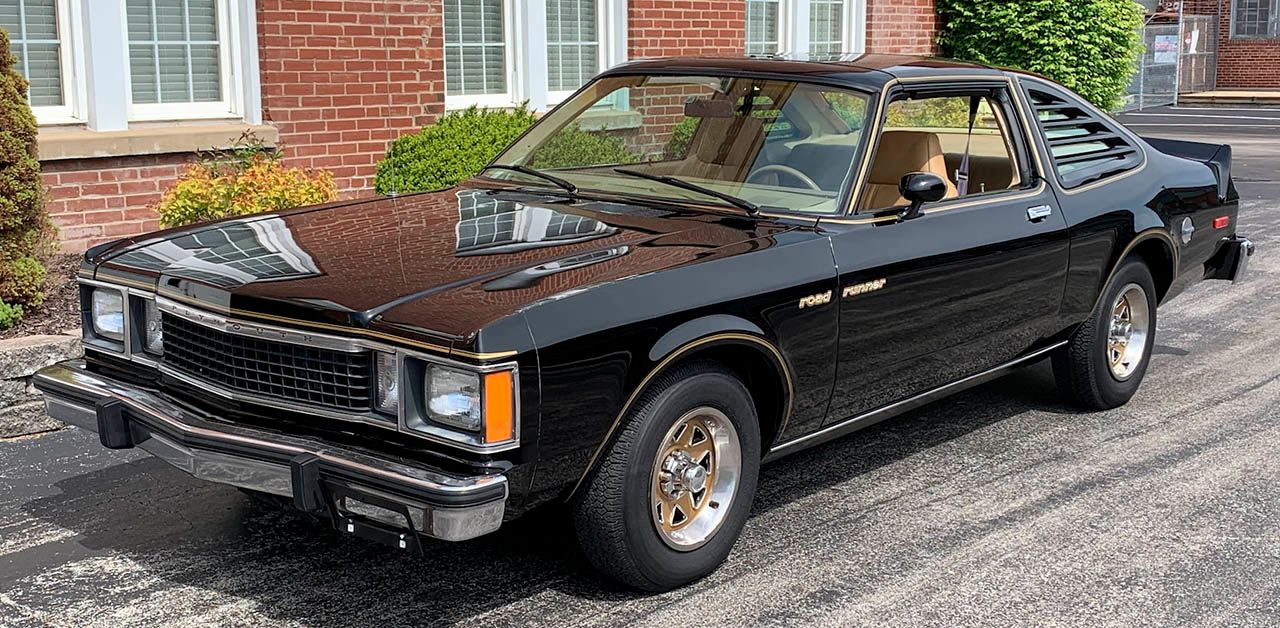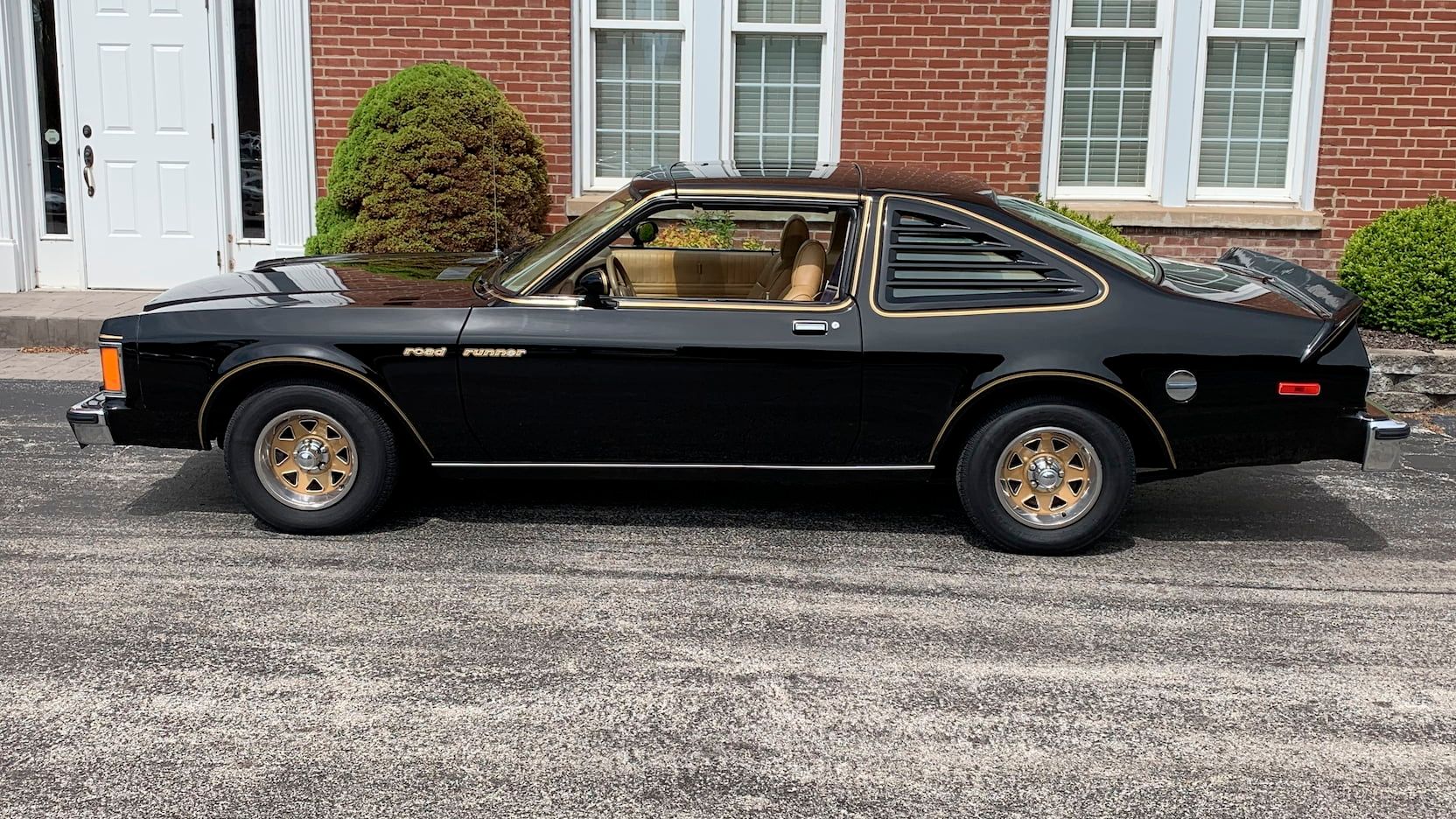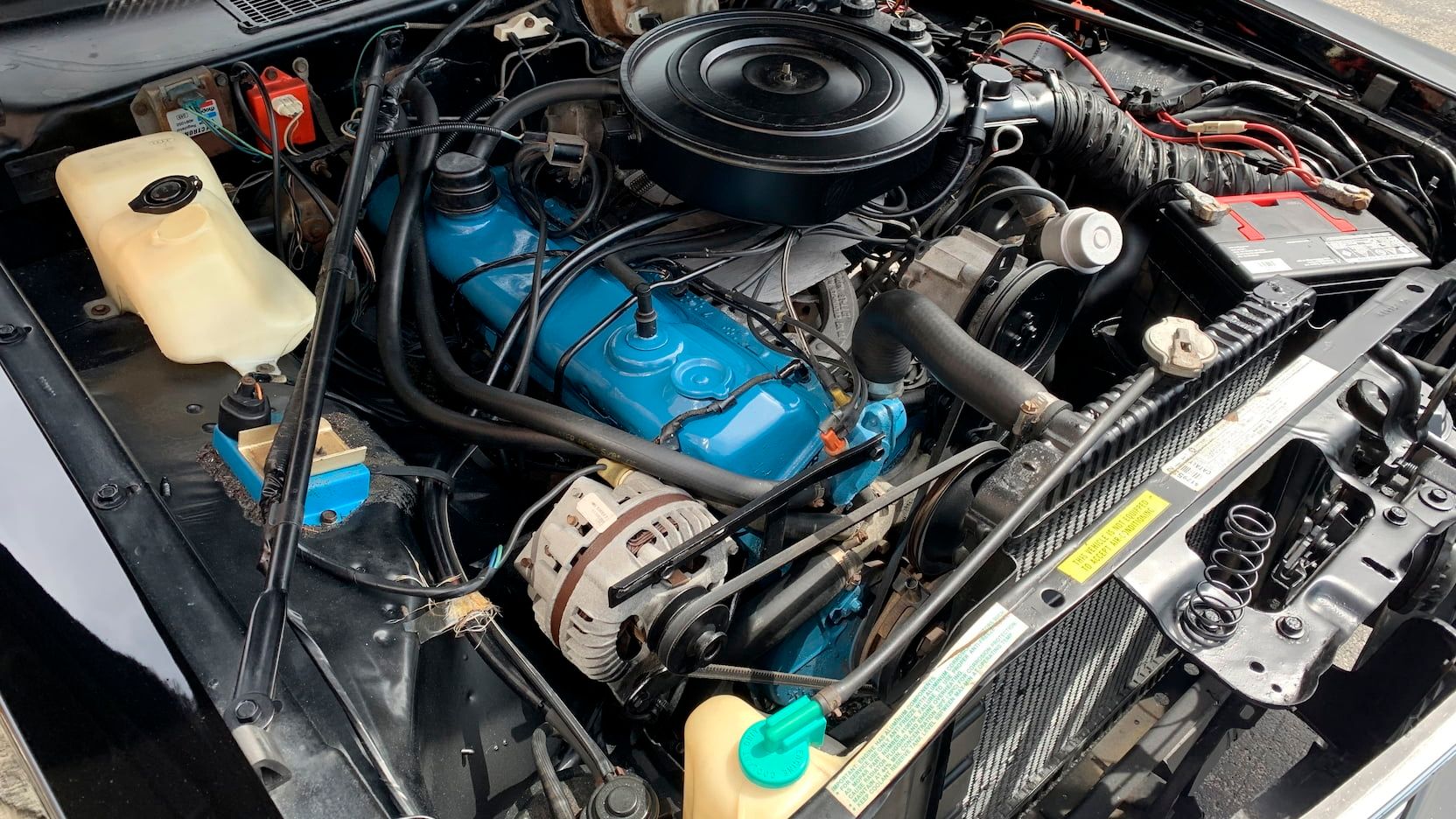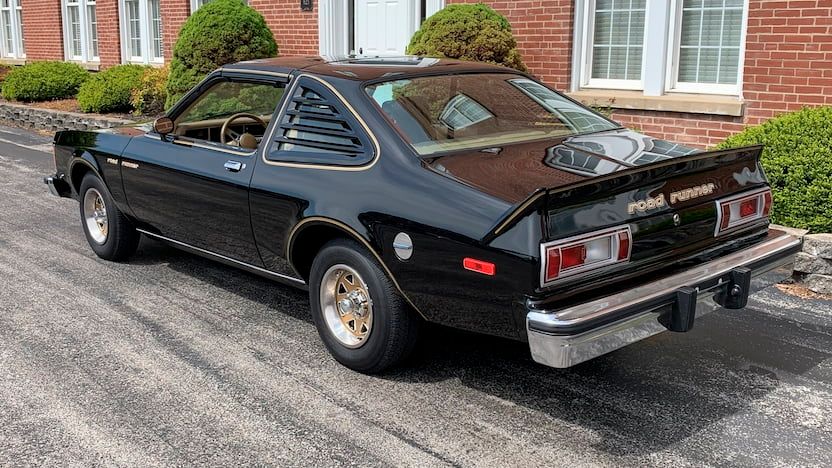Muscle cars are everything. With a heritage that began many decades ago, muscle cars have had a huge influence on drag racing, as well as the engine department, and the industry as a whole. Today, these special cars still hold a large share in the market and a special place in every gearhead’s heart. In the '50s, muscle cars became the bread-and-butter vehicles of the automotive industry. In America, everyone wanted to own the latest, stylish, and most powerful muscle car. And every automaker wanted to create the next big thing. But by the mid-1960s onwards, the demand for cheaper muscle cars arose. As a result, a lot of automakers started producing more affordable units. One of these automakers was Plymouth, which developed what’s still known today as a unique muscle car: The Road Runner.
Following its first release in 1968, the Road Runner badge name quickly attracted a lot of attention. Soon enough, the Road Runner became one of the most treasured great muscle cars, and an iconic classic to dominate the American muscle car segment. Customers loved its mid-size build and sophisticated GTX-type styling, its robust 7.2-liter V8, and most of all, its affordability. It then exemplified the muscle car golden era, along with its classic 60s counterparts. Years later in 1976, the Volare came into the scene to replace the legendary Road Runner. The Volare bore a more luxurious look and upscale equipment. It faced its end in 1980, after being in production from 1976 through 1980. In spite of being up to four decades since its end, the Volare is still a good classic piece of equipment for modern-day driving.
The Volare debuted in 1976 and became an ideal muscle car for gearheads who desired the Road Runner in a more luxurious package. We’re diving into the Volare Road Runner's inception, success story, and final curtain call in 1980.
The Iconic Volare Replaces Inherits Road Runner Badge Name
Plymouth envisioned the Volare as a direct successor to the brand’s previous compact muscle car, the A-body Valiant. But unlike the Valiant, which was less equipped, the Volare offered luxury, upscale styling, and a plethora of equipment. At the time of its debut, the Volare Road Runner promised to deliver the best and proved to be a worthy torchbearer of the Road Runner name. Even despite being a different model from the original B-style legend. But in reality, the vehicle was far from what it claimed to be.
First, compared to the advancements of its predecessors, the Volare’s design and appeal revolved around cosmetic upgrades, rather than actual auto body makeovers. So, the 1980 model year still acceded to the style cues of the 1975 model. It still bore the unique grille design, large silver-padded front, and rear bumpers, and ‘roadrunner’ lettering. Its square headlights perfectly blended with the housing and grille, giving it a cohesive overall appearance. In dimension, the Volare was slightly longer, but smaller in width than the second-generation Volare.
Under the hood, the Volare Road Runner offered 2 engines: a 225 CI slant six V8, and Chrysler's evergreen 318 cubic-inch V8 engine. The downside; none of these engines delivered more than 120 hp, which was a huge letdown. The low power was likely a result of the emission regulations set during the oil crisis era in the early 70s. It’s very easy to assume that Plymouth recovered slower than other established brands in the aftermath of the oil crisis. By 1979, the brand sold just above 1,000 units of the Volare Road Runner.
The 1980 Plymouth Volare Road Runner Becomes The Line’s Last Hurrah
When it came to muscle cars, ‘Road Runner’ was a special name – one attached to high drag strip performance, agility, and reliability. It was among the most affordable muscle cars anyone could get their hands on. But when the Volare Road Runner entered the segment with no upgrades in power, there wasn’t much to hold the brand’s dedicated fans from investing in other muscle cars.
In 1980, the Volare Road Runner didn’t receive any design or power improvements. Like the previous year, its best engine was the 318 V8, but it only made 120 horsepower and 245 lb.-ft of torque. This engine sent power to the rear wheels via the standard 3-speed automatic gearbox. This propelled it from zero to 60 mph in under 14 seconds and gave it a top speed of 105 mph, and a combined mileage of 18 MPG. With not much more to offer, this was the last year of the Plymouth Volare Road Runner. One thing is certain. The Volare pulled the Road Runner name to the ground with it. But today, it’s still an iconic classic that’s worth your garage space.




